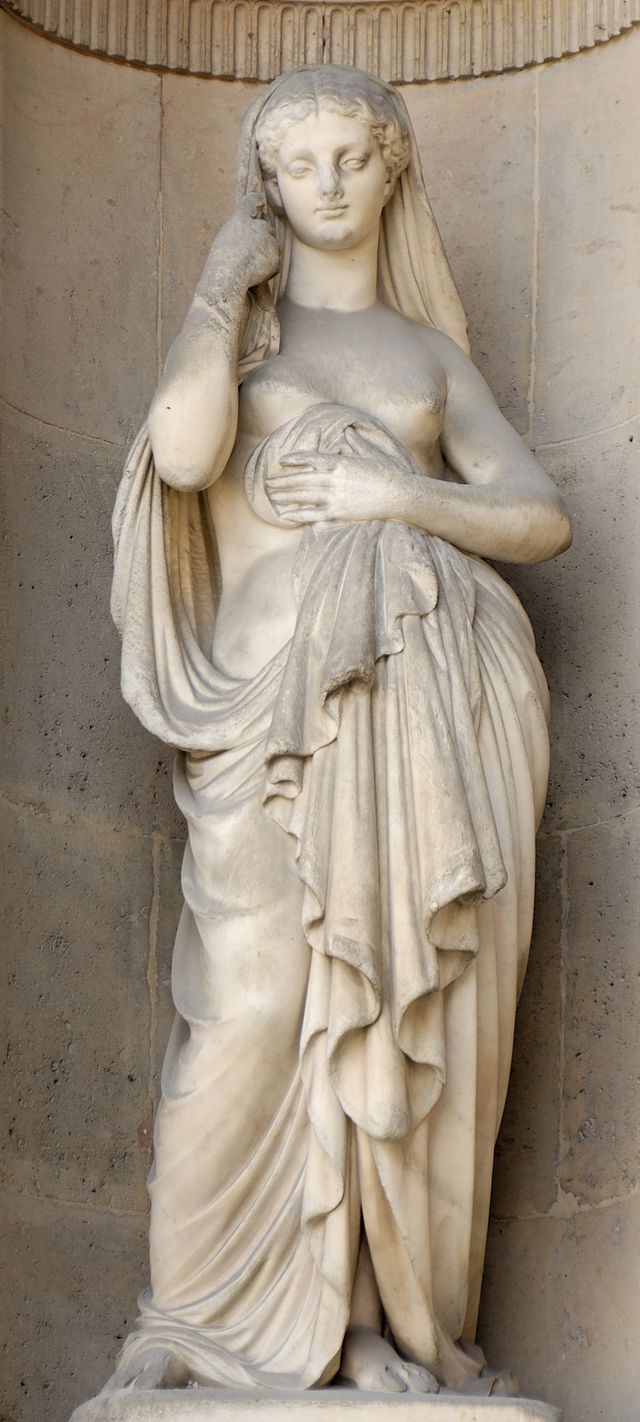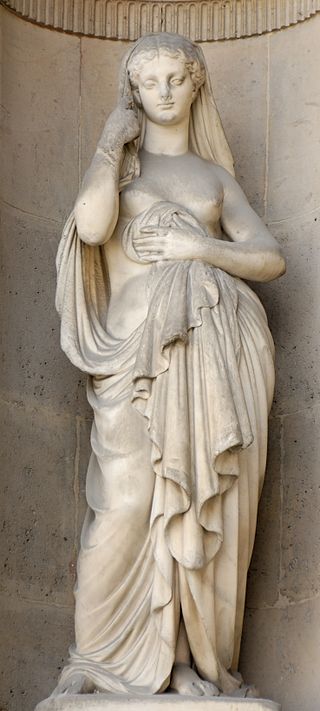Top Qs
Timeline
Chat
Perspective
Louis-Léopold Chambard
French sculptor From Wikipedia, the free encyclopedia
Remove ads
Louis-Léopold Chambard (25 August 1811 – 10 March 1895) was a French sculptor from Jura.
You can help expand this article with text translated from the corresponding article in Spanish. (June 2018) Click [show] for important translation instructions.
|

He was born in Saint-Amour dans le Jura and was son of Claude Louis Joseph Marie Chambard, a merchant, After studying at the municipal school of arts in Lyon,[1] he continued at École nationale supérieure des Beaux-Arts in Paris, under supervision of Pierre-Jean David d'Angers[2] and Jean-Auguste-Dominique Ingres[3] and obtained the Prix de Rome in 1837 for his sculpture Marius sur les ruines de Carthage. His success allowed him to be resident from 1838 to 1843 at Villa Medici housing the French Academy in Rome. Chambard had an exposition of his sculptures at the Salon of 1841 in Paris. Upon his return from Italy, he had other commissions notably for the Louvre. He died in Neuilly-sur-Seine in 1895.
Remove ads
Main works
- Marius sur les ruines de Carthage, 1837
- Apollon et Coronis, 1842
- La Parure, 1850
- Une suppliante, 1852
- L'Abondance, 1857
- L'Inspiration, 1859
- La Modestie, 1861, east facade of the Cour Carrée in the Palais du Louvre, Paris
- Enfant portant une coquille, 1863
- Mercure, 1866
- La Vengeance, 1868
- Jean-Jacques Cambacérès, 1876-1877 [4]
- Rouget de l'Isle, 1880
- Folette, 1882
- Pompier qui sauve deux enfants d'un incendie, 1885
- Androclès et le lion reconnaissant, 1888
- Le Bûcheron, bronze with brown and golden brown patina
Remove ads
References
Wikiwand - on
Seamless Wikipedia browsing. On steroids.
Remove ads
